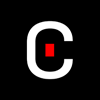
A family-owned company based near Stuttgart, the Trumpf Group is one the world’s largest machine tool suppliers. Their 2016/17 report is a neatly put together publication despite an odd thematic link to baseball.
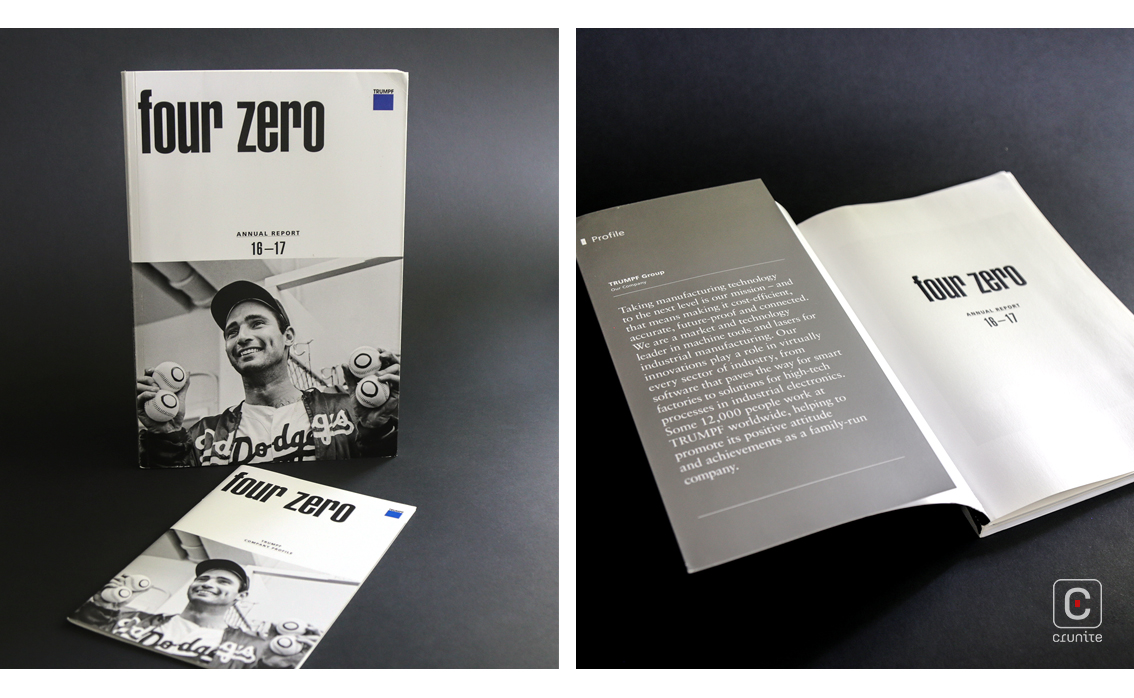
The Trumpf report attempts to explain this link in three places: In the CEO’s introduction to the company profile booklet that accompanies the main report, on the back cover of this booklet and on the back cover of the main report. American baseball hall-of-famer, Sandy Koufax had four no-hitters in his career (as a pitcher, he prevented the opposing team from getting a single run in four games). This, we are told, happened during a time of great mechanical innovation in mechanical engineering. In addition, the CEO’s message tells us the company wanted to send a message of allegiance to their American colleagues in a year when relations between the countries had been strained.
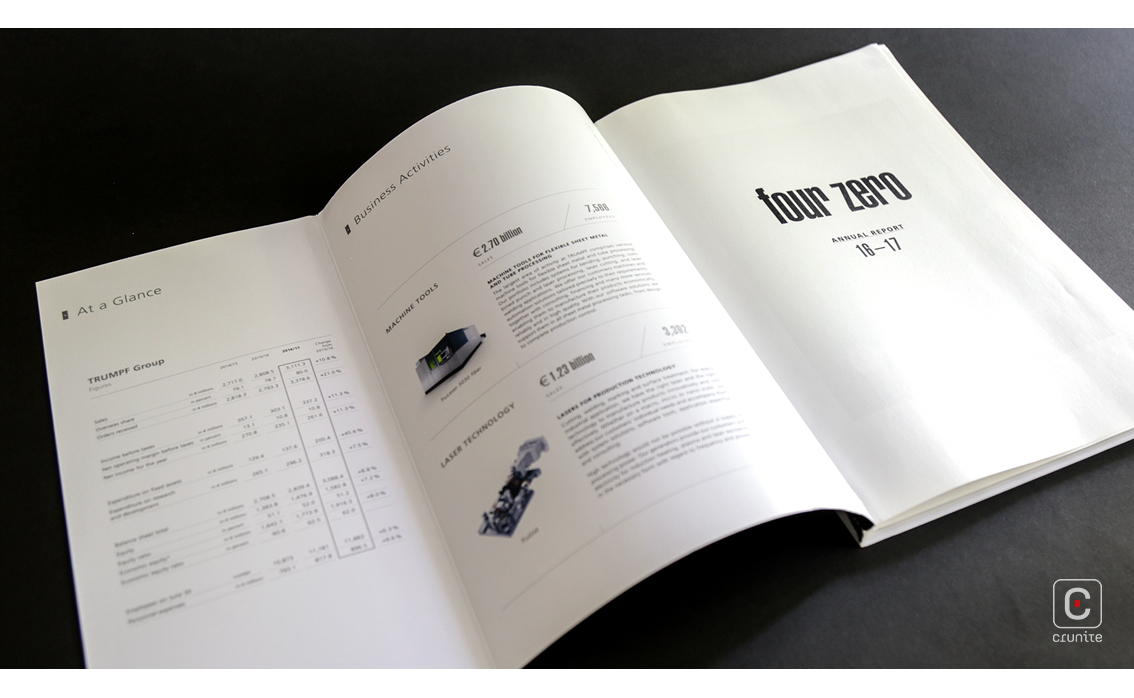
This is an interesting point to note, since developing a theme is one the fundamentals of working in annual reports. It is unusual for a CEO to be so forthcoming about the mechanics behind it and the approach is worth studying.

Photography is used well in this report – there is a consistent visual tone and by reducing the blacks in the shadows, the images (and therefore the report) feel lighter, less dense. Noteworthy also is the printer’s work, especially in terms of trimming – the white borders around full-page images are precise and consistent throughout the book. No mean feat, given how thin the borders are.
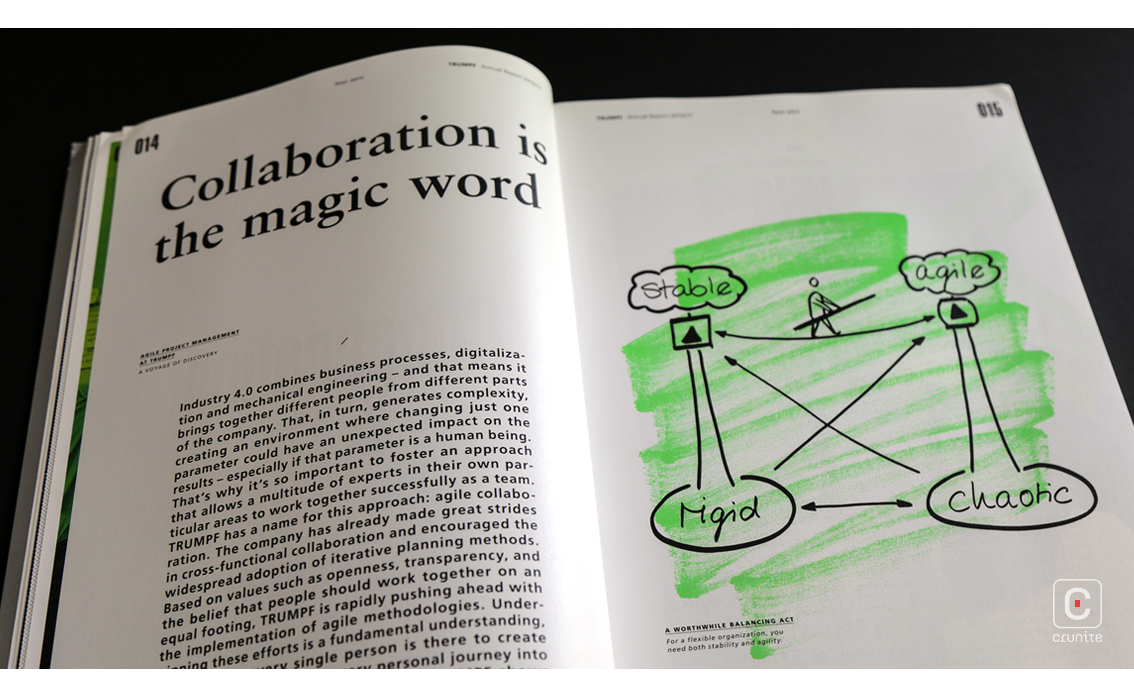
The only place the design slips a little is the use of silver ink. It works well on the matte papers but when the report switches to an uncoated stock, the silver ink loses some of its shine. A shame, but a minor point.
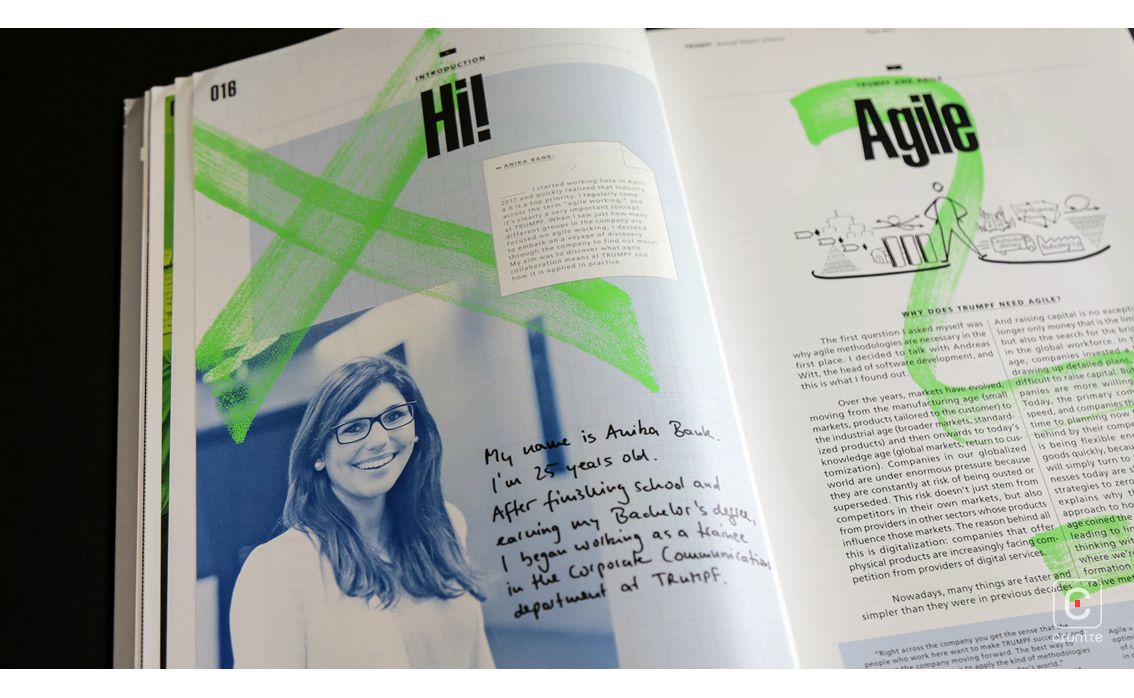
The main report is a beautifully proportioned book, hewing close to a super-octavo size. It is easy to hold and a pleasure to read. It uses two or three robust page grids that allow for variation across the pages. The grid for the body text is particularly well built as the asymmetric alignment of columns suggests machine parts fitting together, neatly referencing the company’s own work.
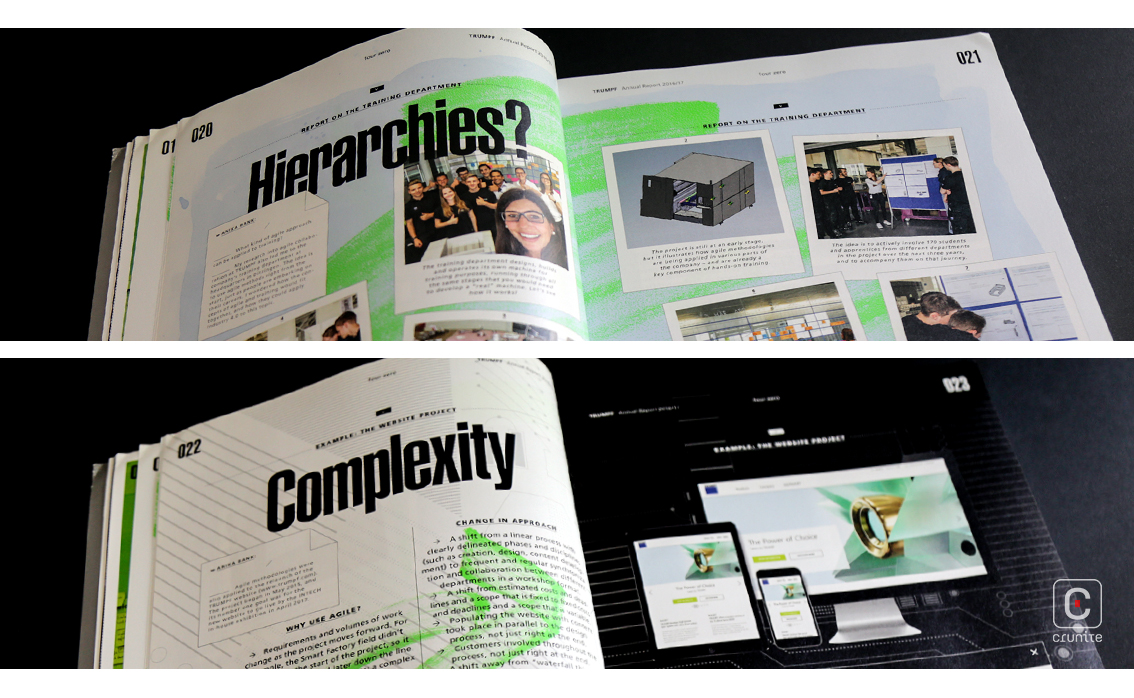
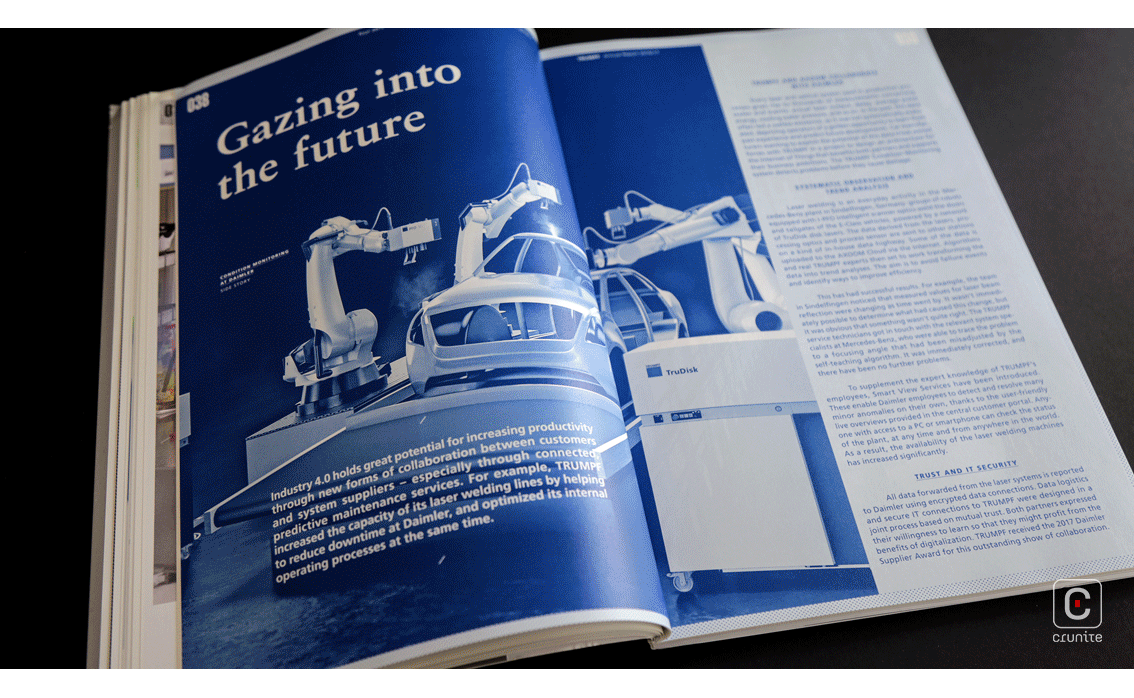
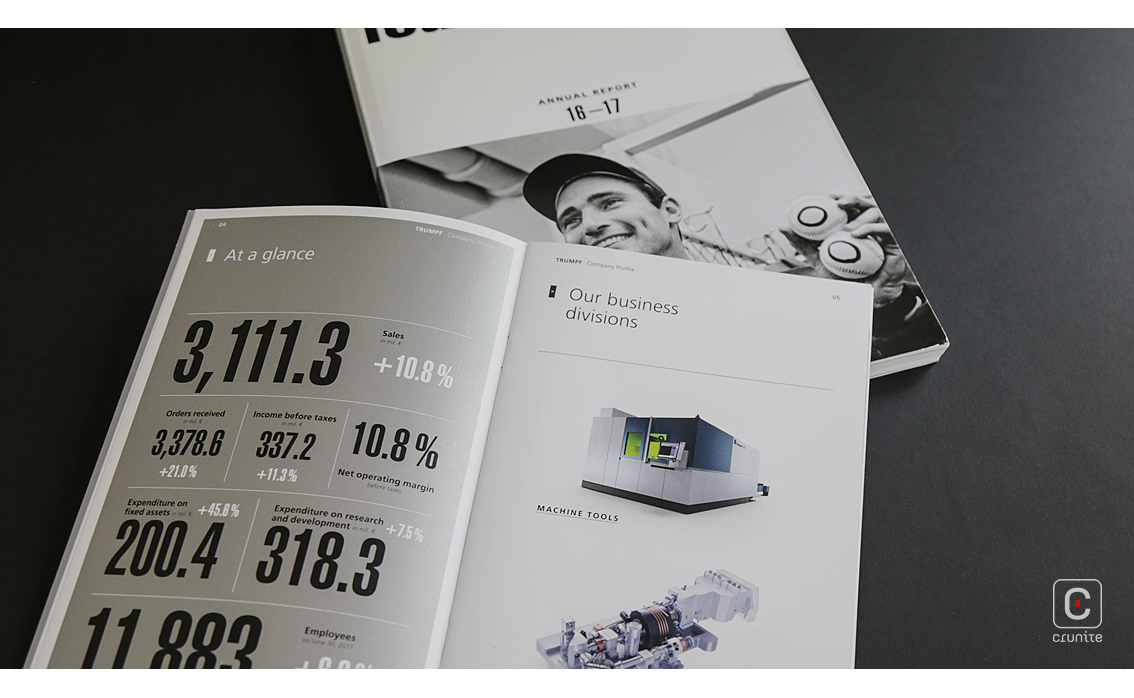
Back

